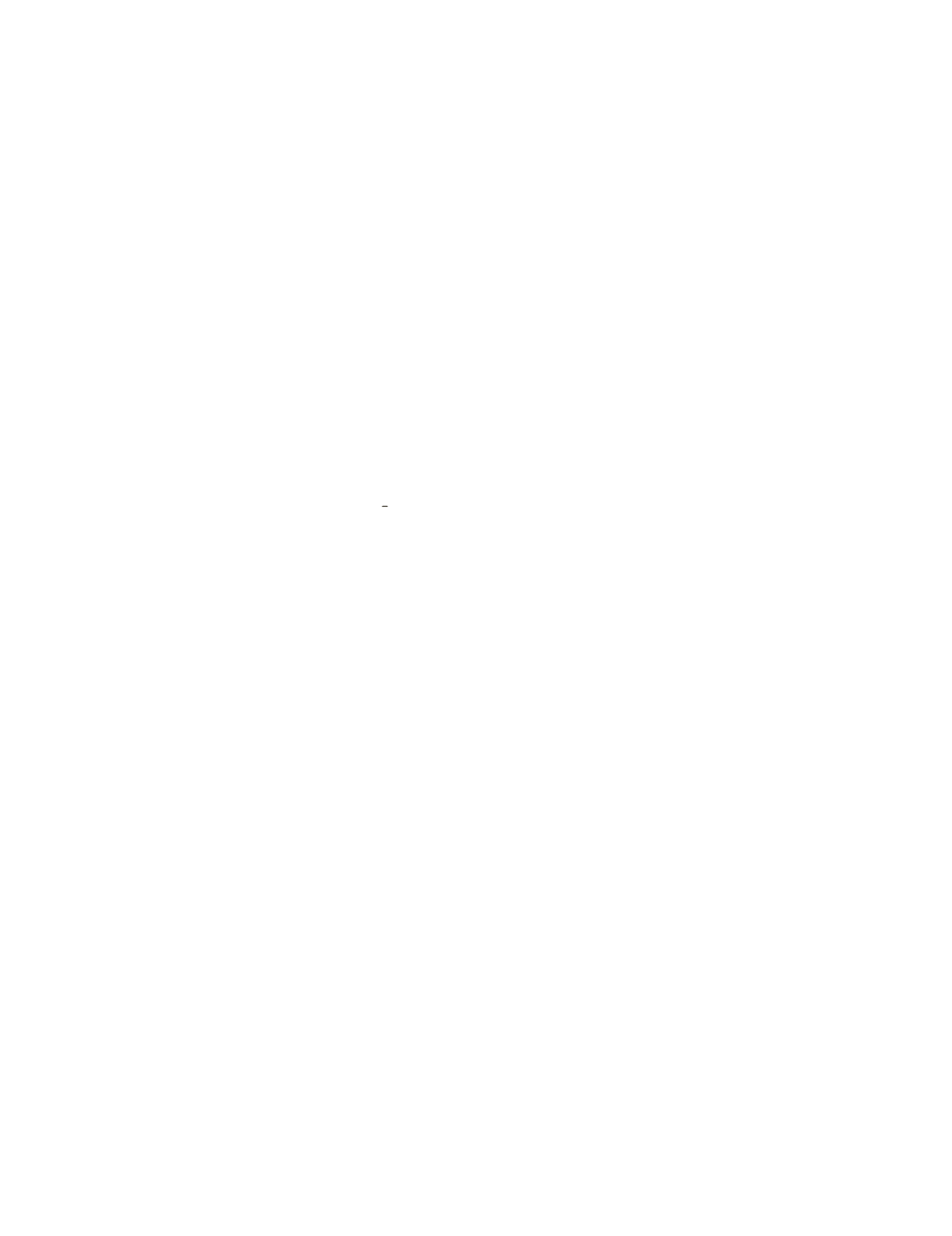

THE STATE OF THE EUROPEAN UNION
98
On 21 November 2013, Viktor Yanukovych,
who had been elected president in 2010, an-
nounced his decision to suspend final prepara-
tions for an association and free trade agree-
ment with the EU that Ukraine had been
expected to sign in Vilnius the following week.
Although this abrupt about-face was officially
framed as a move on his part to strike a better
deal, it was universally understood that he had
caved in to pressure exerted by Russia, which
was anxious to keep Ukraine within its sphere of
influence and integrate it into its own Eurasian
Union alongside Belarus and Kazakhstan. This
perception was confirmed a month later when
Moscow offered Yanukovych a 30 percent dis-
count on the price of gas and 15 billion dollars
of credit not contingent on any reforms.
The night of this announcement, students
mounted their first demonstration in Kyiv’s
Independence Square (Maidán Nezalézhnosti)
against the country’s political shift away from
Europe. These protests, which were initially
peaceful, grew progressively unruly once dem-
onstrators became aware of the government
and security forces’ inability to control them.
The movement was subsequently radicalised
when extreme right-wing paramilitary groups
aligned with ultranationalist party Svoboda and
Pravy Sektor (Right Sector) militias took control
of the square and began to provoke violent dis-
turbances. Following the deaths of several pro-
testors on 22 January, the violence escalated
unchecked, reaching a peak on 20 February, a
day on which 60 people died in armed clashes.
On 21 February, Yanukovych and the opposi-
tion reached an agreement mediated by the
foreign ministers of Germany, France and Poland
that called for early elections in December, the
formation of a government of national unity
and the restoration of the 2004 Constitution
(which had been altered by Yanukovych in
2010). Nevertheless, Maidan protestors stormed
government buildings the following day and is-
sued an ultimatum to Yanukovych, who slipped
out of Kyiv and fled to Russia via Kharkiv. The
Verkhovna Rada (Ukrainian Parliament) met in a
tense session during which the building was
blockaded and surrounded by armed protestors
and in the forced absence of nearly one hun-
dred deputies. Such as it was, the assembled
body then proceeded to impeach Yanukovych,
appoint Oleksandr Turchynov interim president
and restore the Constitution of 2004. On 27
December, the Rada named Arseniy Yatsenyuk
(a candidate openly backed by the US State
Department) prime minister. Other members of
new government such as the vice-president,
three ministers (including the defence minister)
and the attorney general were affiliated with
the extreme right-wing party Svoboda.
Given that Yanukovych’s impeachment was
not carried out according to procedures laid out
in Article 111 of the Constitution of 2004, it
was technically illegal. Among other points, this
Article, which had remained unchanged in the
Constitution of 2010, called for the formation
of an investigative commission and a three-
quarter-majority vote in favour of a president’s
removal from office. The 328 votes cast in fa-
vour of Yanukovych’s impeachment had been
several shy of the 337 out of 450 required. This
meant that the president who succeeded
Yanukoych was illegitimate, as was the entire
government, which under the Ukrainian
Constitution is appointed by the head of state.
However, this state of affairs did not prevent the
EU from forgetting the agreement mediated by
European ministers and signed on 21 December
and hastily recognising the new government.
The installation of a new government in Kyiv
was perceived by Russian-speaking communi-
ties in the east and south of the country as a



















